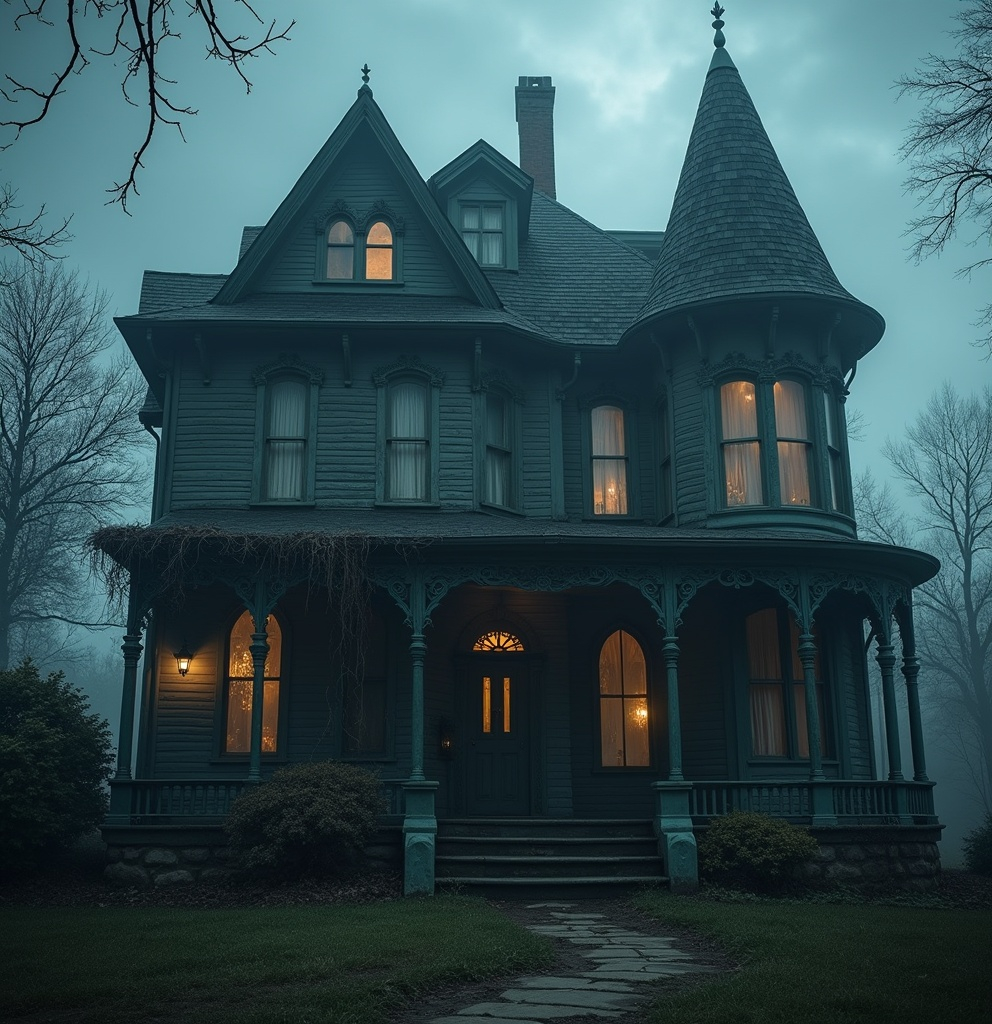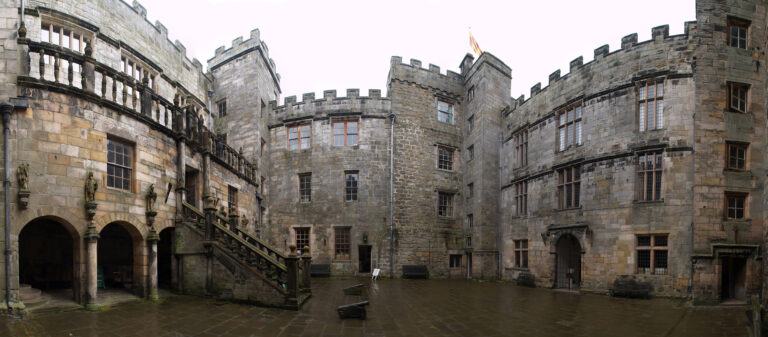How to Verify a Haunting: Tips for Separating Fact from Fear
Whether you’ve experienced strange occurrences in your home or are investigating a historic site with a ghostly reputation, verifying a haunting requires a careful balance of open-minded exploration and critical thinking. Not every creaking floorboard or flickering light is a spirit trying to make contact—sometimes, the answer is far more ordinary than supernatural.
If you suspect paranormal activity, follow these tips to determine whether you’re dealing with a genuine haunting or something more explainable.
1. Identify the Signs of a Haunting
Before jumping to conclusions, it’s important to recognize the common signs associated with hauntings. While experiences vary, many reports include:
👻 Unexplained Sounds – Footsteps, whispers, knocking, or voices when no one else is around.
🌡️ Sudden Temperature Drops – Cold spots in specific areas, even when heating and cooling systems are stable.
🔦 Electrical Disturbances – Flickering lights, drained batteries, or electronics turning on and off by themselves.
🚪 Objects Moving or Disappearing – Items shifting position, falling off shelves, or vanishing and reappearing.
😨 Feelings of Being Watched – A persistent sense of unease, especially in certain rooms or at specific times.
🫣 Shadow Figures or Apparitions – Seeing human-like shapes, misty forms, or even detailed spirits.
🗣️ Disembodied Voices or EVPs – Unexplained voices captured on recordings or heard audibly.
While experiencing one or two of these signs might not confirm a haunting, a pattern of multiple, recurring events suggests something worth investigating.
2. Rule Out Logical Explanations
Many hauntings turn out to have natural causes, so before labeling an experience paranormal, it’s essential to debunk potential non-supernatural sources:
- Old Houses Settle – Creaking, knocking, and shifting noises may come from wood expanding and contracting.
- Faulty Wiring – Flickering lights, buzzing, or electronics acting strangely could be due to bad electrical wiring.
- Drafts & Air Pressure – Cold spots and moving doors may result from poor insulation or air vents.
- Carbon Monoxide Leaks – Exposure to CO can cause hallucinations, dizziness, and a sense of paranoia, mimicking a haunting.
- Sound Interference – Some “voices” caught on recordings may be radio waves, white noise, or external sounds.
By ruling out practical explanations first, you ensure that what remains is truly unexplained and worth deeper investigation.
3. Document the Activity
If unusual occurrences continue, start keeping a record of events. A haunting journal can help identify patterns and trends in activity.
📝 Record Dates & Times – Do things happen at specific hours or on certain days?
🎥 Use Video & Audio Recordings – Set up cameras or record audio to capture potential evidence.
🌡️ Monitor Temperature & EMF Readings – Use an EMF meter to detect energy fluctuations and a thermal camera for cold spots.
📷 Photograph Unusual Occurrences – Take before-and-after photos of rooms where activity happens.
Keeping a log removes emotional bias and provides tangible evidence to analyze over time.
4. Research the Location’s History
Many hauntings are tied to past events, tragic deaths, or lingering energy. Researching a location’s history can validate paranormal claims and provide context for potential activity.
🔍 Check Historical Records – Look for old newspapers, land deeds, and census records to identify previous occupants.
💀 Investigate Deaths & Crimes – Find out if violent events, suicides, or tragic losses occurred on the property.
👁️ Interview Previous Owners or Locals – Speak with neighbors, past residents, or historians for personal accounts.
🏚️ Look for Patterned Reports – If multiple people report similar ghostly encounters over generations, it strengthens the case for genuine paranormal activity.
Even if no recorded history of death exists, the land itself may hold energy from past battles, burials, or rituals.
5. Conduct a Paranormal Investigation
If you want to take verification a step further, consider conducting a formal paranormal investigation using a combination of scientific tools and spiritual methods.
Equipment to Use:
🔦 EMF Meter – Detects fluctuations in electromagnetic fields, often associated with spirit presence.
🎤 Digital Voice Recorder – Captures Electronic Voice Phenomena (EVPs), or voices unheard by the human ear.
🌡️ Thermal Camera – Identifies unexplained cold or heat signatures in rooms.
🕯️ Trigger Objects – Items like toys, coins, or personal belongings can encourage spirit interaction.
Spiritual Methods:
🔮 Psychic Mediums – Some investigators bring in clairvoyants to sense spiritual energy.
📖 Religious or Cultural Rituals – Some cultures use prayers, cleansing ceremonies, or séances to communicate with spirits.
🕯️ Spirit Boxes & Dowsing Rods – Some use divination tools to receive responses from entities.
A true investigation is methodical, patient, and focused on collecting clear evidence, rather than jumping to conclusions.
6. Test for Intelligent Responses
A key distinction in hauntings is whether the activity is residual or intelligent.
- Residual Hauntings – Energy imprints that replay events like a recording. Spirits do not interact.
- Intelligent Hauntings – Spirits that respond, react, and communicate with the living.
To determine if a haunting is intelligent, ask questions aloud and look for direct responses. Use yes/no questions and note if:
✅ A light flickers after a specific question.
✅ An EMF spike occurs in reaction to movement or voice.
✅ An EVP recording produces a relevant response.
If responses seem timely and personal, the entity may be actively aware of your presence.
7. Protect Yourself & Set Boundaries
If activity becomes unsettling or aggressive, it’s important to protect yourself spiritually and emotionally.
🔮 Use Cleansing Rituals – Burn sage, palo santo, or protective herbs to clear negative energy.
📿 Carry Protective Objects – Crystals like black tourmaline, obsidian, or selenite can ward off malevolent entities.
🛐 Set Verbal Boundaries – Firmly state, “You are not welcome to harm or stay in my space.”
🚪 Avoid Provoking Spirits – Ghost hunting isn’t a game. Respect spirits, especially in places with traumatic history.
While most hauntings are harmless or residual, some energies can be draining or disruptive, requiring professional help.
Final Thoughts: Finding the Truth Behind the Paranormal
Verifying a haunting requires patience, research, and an open but skeptical mind. Not every eerie experience is paranormal, but when something truly unexplainable happens, it’s worth investigating.
By using historical research, scientific tools, and personal documentation, you can determine whether you’re facing a genuine haunting—or just an old house with a few quirks.
Have you ever investigated a haunting?
What methods have worked for you?
Share your experiences in the comments!







